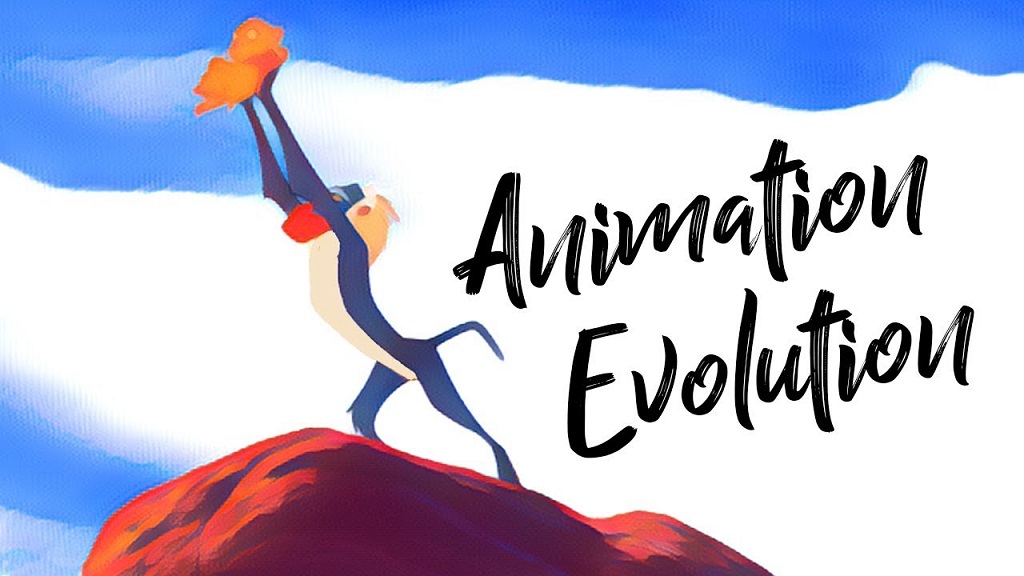This Video Asks – How Did Animated Films Move From Conservative Fairytales to Liberal Allegories?

Sage Hyden recently posted an exploration of animation storytelling over at the Just Write YouTube channel. In the video, Hyden argues that the storytelling trends in animated children’s films have undergone a fundamental change – one that’s influenced not only by society’s progress, but also by the transformation of the medium itself.
The original Disney films, Hyden argues, “are brightly colored, musical, public-domain fairytale adaptations…They are also stories that are very conservative – and I don’t mean that in a ‘good’ or ‘bad’ way, only that these movies believe in the idea that things should stay about the way they are. The stories will usually end with the restoration of a previous order. Typically, there’ll even be a shot returning the setting to whatever it looked like in the first scene, because change is bad.”
Most 3D-animated films, on the other hand, take a different approach. “When 3D animation arrived, a new generation of storytellers shook up that formula,” Hyden argues. “They stopped being conservative fairytales, and became liberal allegories…The take-home message of these films is often that society can change, and that an individual can be the instigator of that change. These films are concerned with civilizations, as much as they are with individuals.”
Hyden acknowledges that much of this change is a reflection of society overall, and these newer films “fit the political climate they were born into.” However, he also argues that “one of the underappreciated factors is the medium change itself.”
From there, Hyden looks at how the mechanics of 3D animation, such as modeling, are partly responsible for the change in storytelling. I personally think this might be too strong a cause-effect argument, but it definitely got me thinking about the way that medium can influence narrative. There’s plenty of truth to the idea that computer animation has made it easier for animators to tell stories about entire societies, rather than about individuals, and it had me curious about other ways the new production process could affect which stories animators are most excited to tell.
What do you all think, though? Is this a change that we can see throughout our all-ages storytelling, regardless of medium? Or has the change hit animation most noticeably?
(Via io9; featured image via YouTube thumbnail)
Want more stories like this? Become a subscriber and support the site!
—The Mary Sue has a strict comment policy that forbids, but is not limited to, personal insults toward anyone, hate speech, and trolling.—
Have a tip we should know? tips@themarysue.com